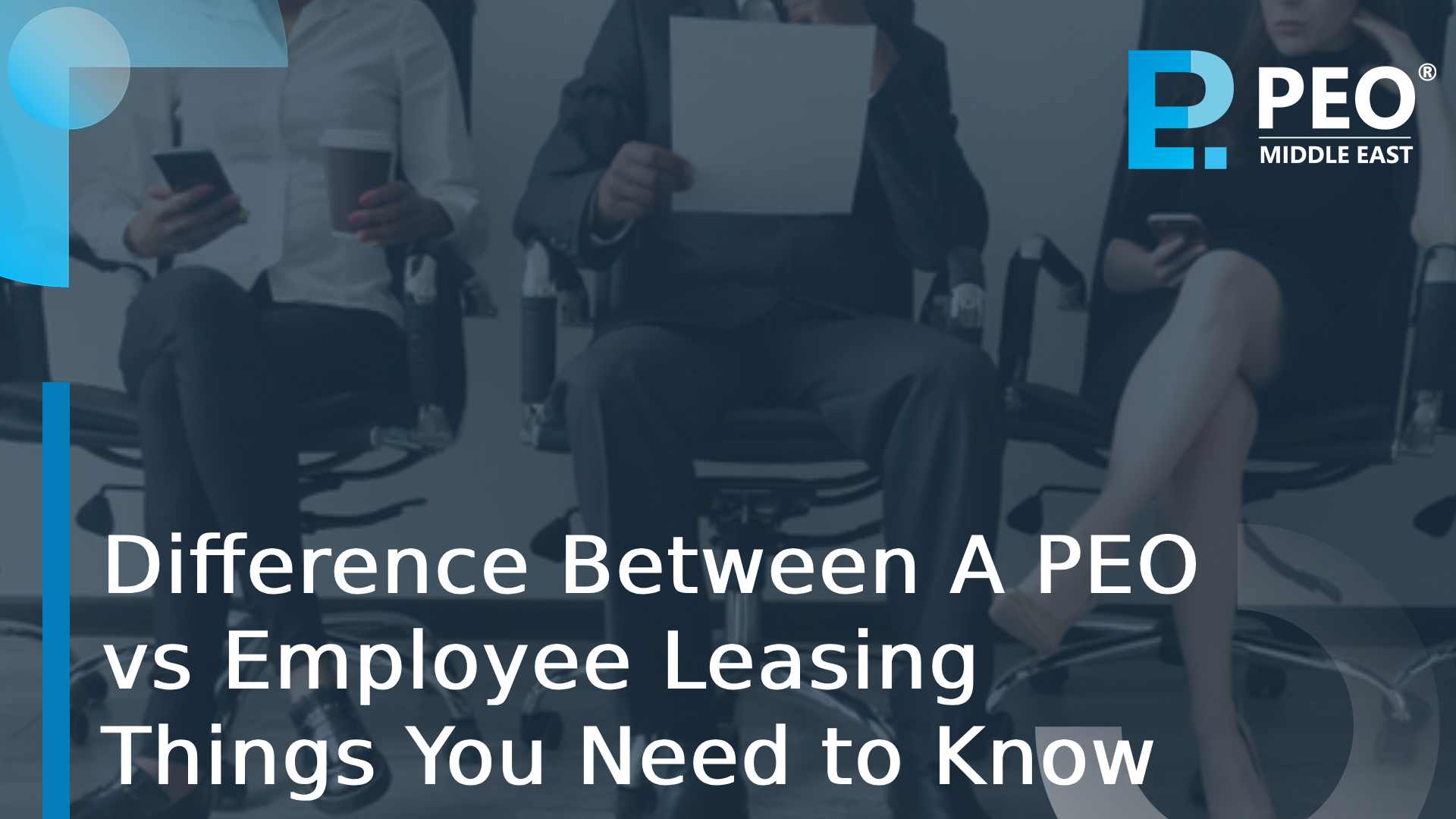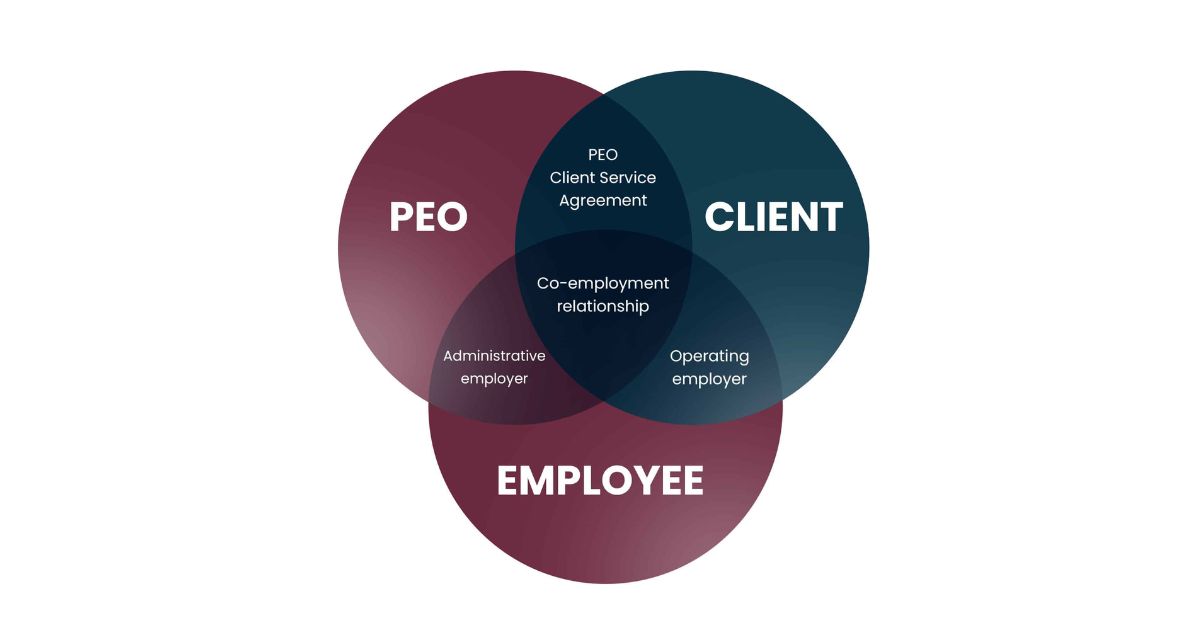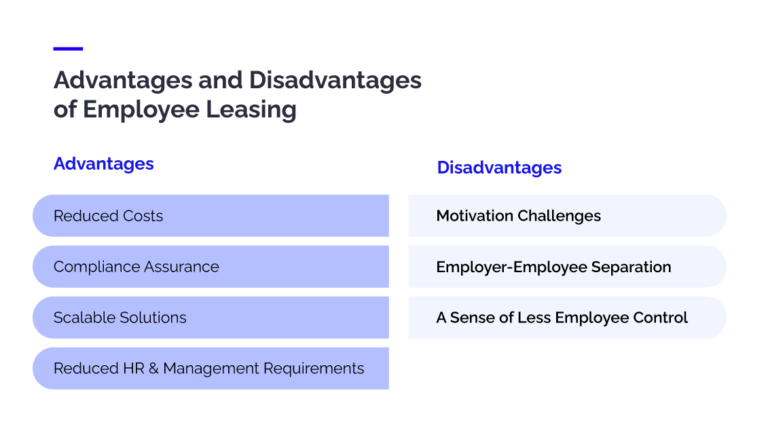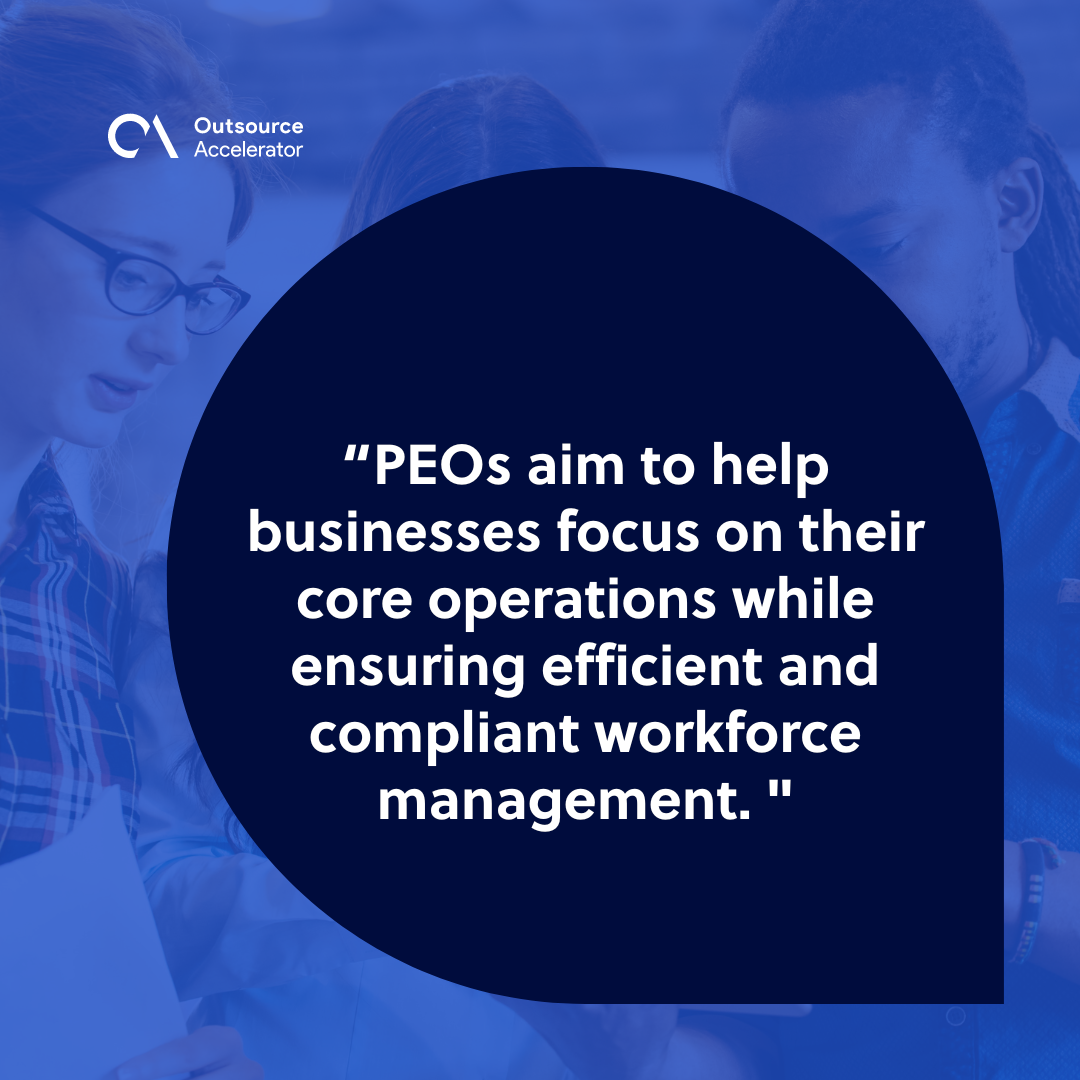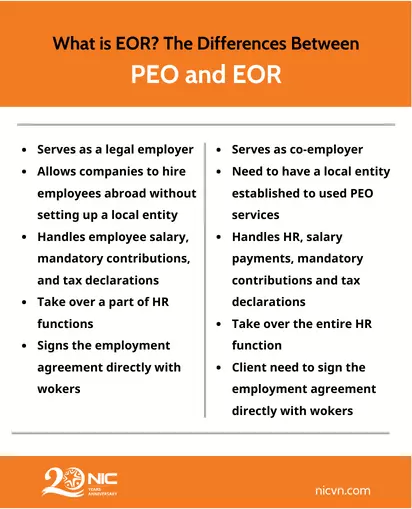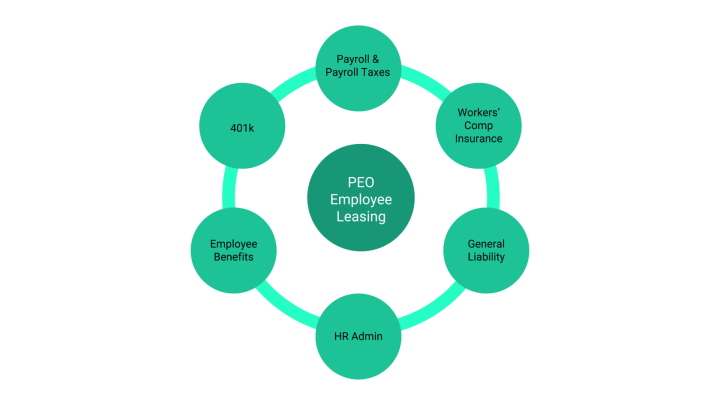What Is The Difference Between Employee Leasing And A Peo Arrangement
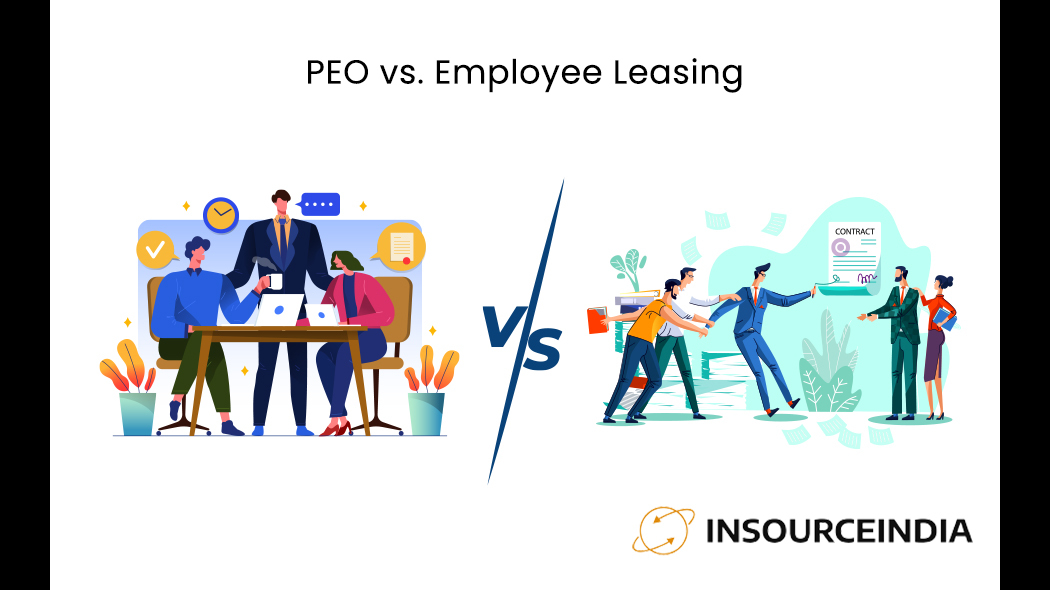
In the complex world of human resources, businesses often seek ways to streamline operations and manage employee-related responsibilities effectively. Two popular options, employee leasing and Professional Employer Organizations (PEOs), are often confused, yet they offer distinct approaches to employer responsibilities.
Understanding the key differences between these models is crucial for business owners to make informed decisions that align with their specific needs and long-term goals. This article will delve into the nuances of each arrangement, highlighting the core distinctions, benefits, and potential drawbacks to help businesses navigate this often-confusing landscape.
Defining Employee Leasing
Employee leasing, also known as staff leasing, essentially involves a company transferring its existing employees to the payroll of a leasing firm. The leasing firm then becomes the official employer for legal and administrative purposes.
The client company retains control over the day-to-day operations and management of its employees, dictating their tasks, schedules, and performance expectations. The primary advantage of employee leasing lies in its simplicity and cost-effectiveness for payroll and benefits administration.
Key Characteristics of Employee Leasing:
The company signs a contract with the employee leasing company. The agreement outlines the responsibilities of each party.
The leasing company assumes responsibility for payroll processing, tax withholding, workers' compensation, and often employee benefits administration.
The client company retains control over the employees' work, performance, and daily tasks.
Understanding PEO Arrangements
A PEO arrangement is a more comprehensive partnership where the PEO becomes a co-employer with the client company. This co-employment relationship involves a sharing of responsibilities related to human resources, risk management, and regulatory compliance.
Unlike employee leasing, PEOs offer a broader suite of services, including strategic HR planning, talent management, compliance support, and access to more robust benefit packages. PEOs provide a more integrated approach to HR management, aiming to improve overall employee experience and business performance.
Key Characteristics of PEO Arrangements:
PEOs enter into a co-employment agreement with the client company, sharing certain employer responsibilities and liabilities. Both the client and the PEO have a share in the responsibility.
The PEO manages payroll, benefits, HR administration, compliance, and sometimes even recruiting and training.
PEOs often provide access to better benefit packages due to their size and bargaining power.
Core Differences: Control and Scope of Services
The most significant difference lies in the level of control and the scope of services offered. Employee leasing is primarily focused on administrative tasks like payroll and benefits, while the client company maintains direct control over employee management.
PEOs, on the other hand, offer a more collaborative approach, sharing employer responsibilities and providing a wider range of HR services, including strategic planning and compliance assistance. This broader scope makes PEOs a more suitable option for businesses seeking comprehensive HR support.
Another key difference is in the liability sharing. PEOs typically share employment-related liabilities with the client, offering greater protection against legal and regulatory risks.
Benefits and Drawbacks
Employee leasing is simpler and often less expensive, making it attractive to very small businesses that mainly need payroll assistance. However, the limited scope can be a drawback for companies needing more comprehensive HR support.
PEOs offer more comprehensive HR services, better benefits, and shared liability, but they are often more expensive. The higher cost is often offset by improved efficiency, reduced risk, and better employee satisfaction, says a recent report by NAPEO (National Association of Professional Employer Organizations).
Choosing between employee leasing and a PEO depends on a company's size, needs, and growth strategy. Businesses should carefully evaluate their priorities and consider the long-term impact of each option on their operations and workforce.
Making the Right Choice
Ultimately, the decision of whether to opt for employee leasing or a PEO arrangement hinges on the specific requirements and goals of the business. Companies should conduct a thorough assessment of their HR needs, risk tolerance, and budget constraints before making a final decision.
Consulting with HR professionals and conducting due diligence on potential leasing firms or PEOs is essential to ensure a successful and mutually beneficial partnership. A well-informed choice can lead to improved efficiency, reduced risk, and a more engaged and productive workforce.
